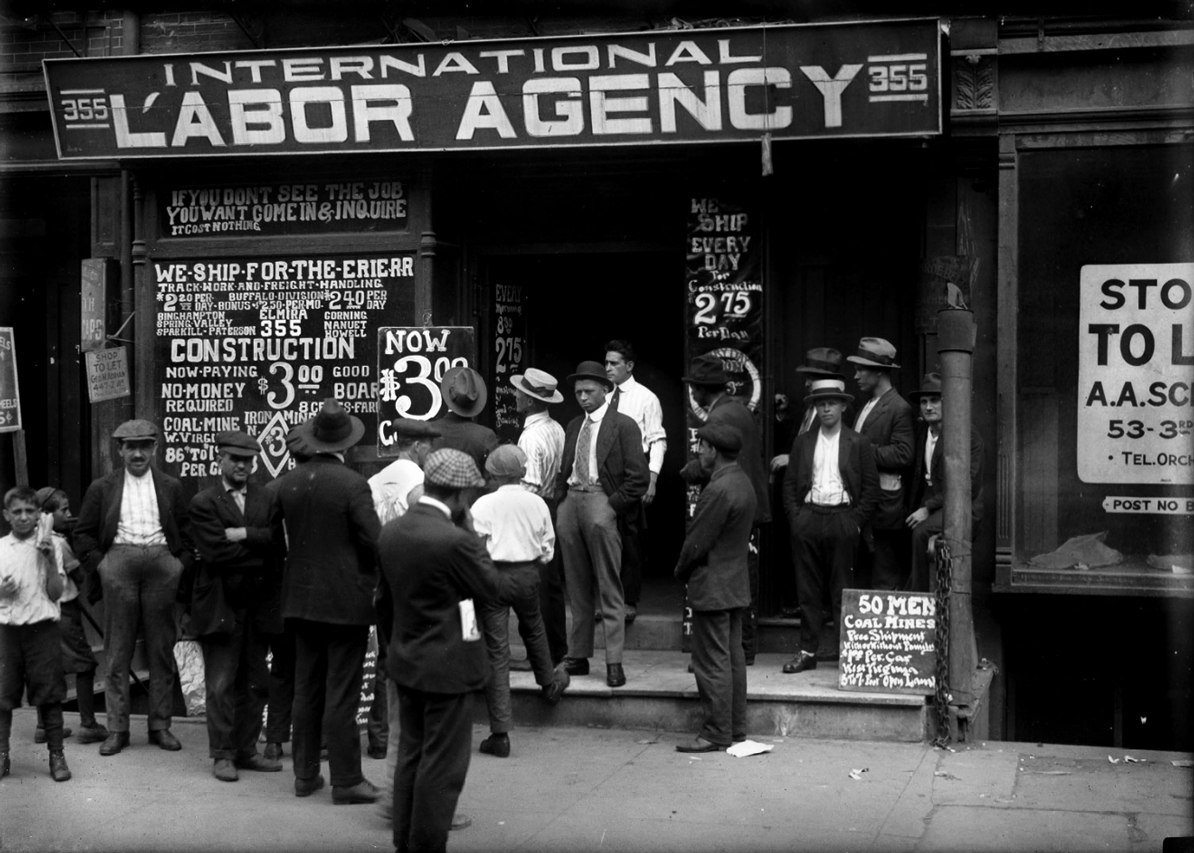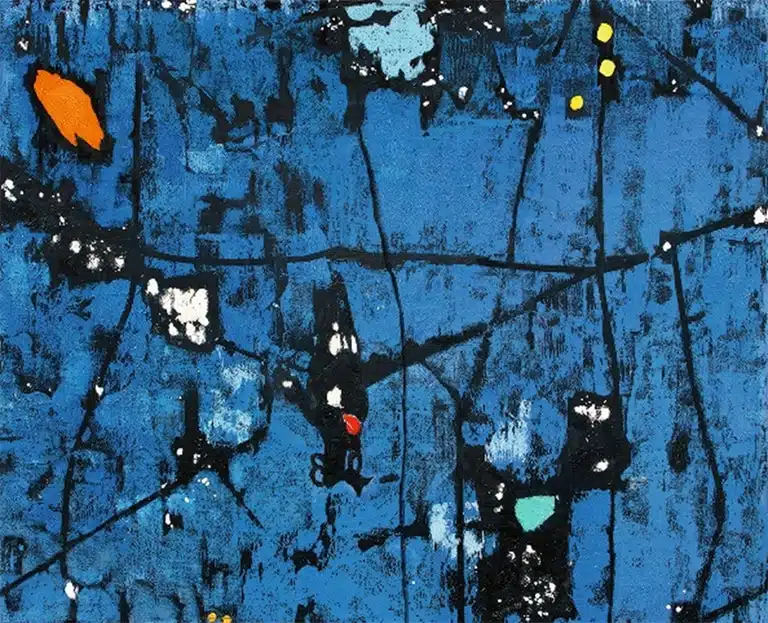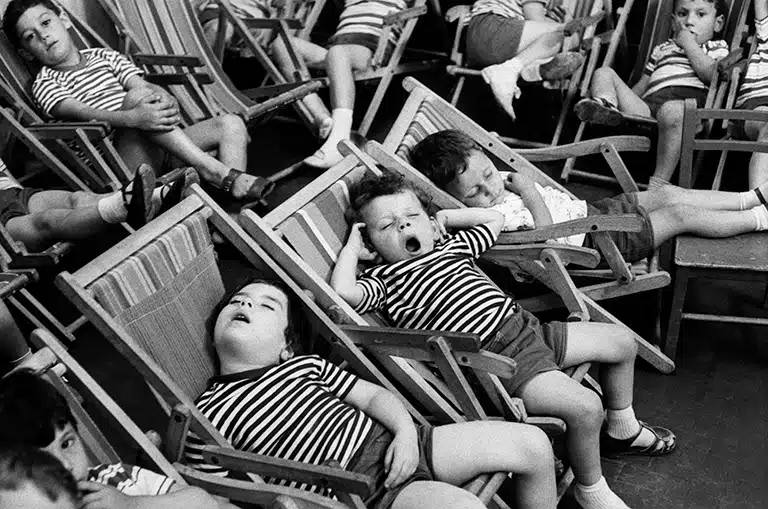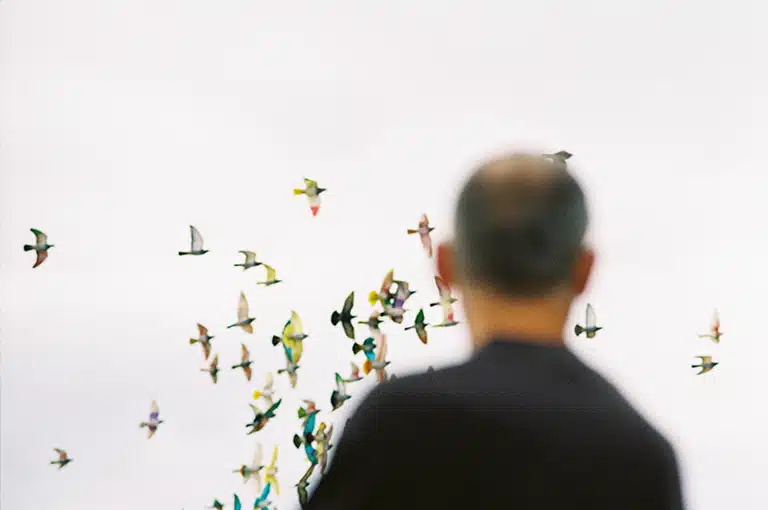Lewis Hine
FEB.11.2012 ──────── APR.29.2012

Lewis Hine
In search of employment, East Side New York, 1912
© George Eastman House Collection, Rochester
Exhibition
FEB.11.2012 ── APR.29.2012
Location
Recoletos Exhibition Hall
Paseo Recoletos 23, 28004 Madrid
The American photographer Lewis Hine used his camera to condemn social injustice and to bear witness to the lives of exploited children, recently arrived immigrants, the poor and the marginalized. This exhibition offered a comprehensive look at his photographic career, placing his work in the artistic, political and cultural context of the times.
The exhibition
Organized in collaboration with the George Eastman House (Rochester, USA), from where all his works originate, and curated by Alison Nordström, the photography curator of the said institution, the exhibition gathered together a selection of 170 images, the majority of which were vintage shots. The exhibition also included documents and publications from the time, some unpublished, with which Hine promoted social causes such as improved housing or eradicating illegal sweatshops.
Having trained in teaching and in the sociology field, Hine used his camera to report on social injustice and to bear witness to the lives of exploited children, recent immigrants and the poor and marginalized in general. Working for progressive organizations such as the National Child Labor Committee and the American Red Cross, he took photos designed to illustrate magazines, posters and slides in order to support various movements committed to social change and the renewal of existing legislation.
The exhibition displayed his first photographs of immigrants disembarking on Ellis Island (1904-1909, 1926) and child laborers (1903-1913), and the images taken on his only trip to Europe after the end of the First World War, to document the refugee relief effort in France and the Balkans. These images demonstrate his continued commitment to the victims of global turmoil, together with his fascination for an unknown and different kind of visual culture. When he returned to the United States his focus had shifted and an attitude dedicated to glorifying work and workers emerged in his new photographs. This was the era of the construction of the Empire State building in New York and of Men at Work, the only photography book fully produced and overseen by Hine himself.
In spite of his early success, Hine spent the last years of his life on welfare. At the end of the 1930s the world of social reform and of photography had changed and Hine, who was considered to be a photographer of a different era, came across fewer and fewer opportunities for work. At the same time, artists and art historians such as Berenice Abbott and Beaumont Newhall began to promote a new photographic style, which found in Hine the spiritual forerunner of Walker Evans.
![Henry Moret L’Attente du retour des pêcheurs [Esperando el regreso de los pescadores], 1894](/media/arte-cultura/exposiciones/paul-durand-ruel-moret-1194x.jpg)



